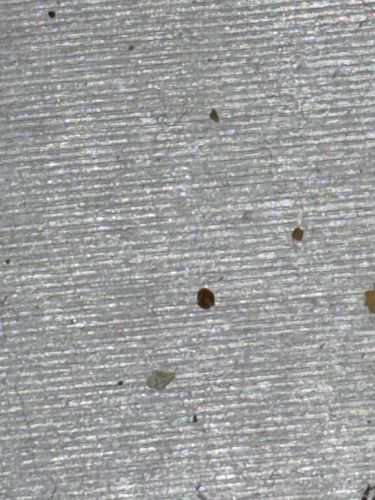Dust Mite
Scientific Name: Dermatophagoides spp. (e.g., Dermatophagoides pteronyssinus, Dermatophagoides farinae)
Order & Family: Acariformes, Pyroglyphidae
Size: 0.2-0.3 mm (too small to be seen with the naked eye)

Natural Habitat
Dust mites are commonly found indoors, particularly in bedding, mattresses, upholstered furniture, carpets, and curtains. They prefer environments with high humidity (70-80%) and temperatures between 68-77°F (20-25°C).
Diet & Feeding
Dust mites feed on organic detritus such as flakes of shed human and animal skin (dander). Fungi are also a significant part of their diet.
Behavior Patterns
Dust mites thrive in warm, humid environments and are most active at night. They prefer dark, undisturbed areas. They are not known to bite or sting.
Risks & Benefits
Potential risks include triggering allergic reactions and asthma symptoms in sensitive individuals due to their fecal matter and body fragments. They do not transmit diseases. There are no known direct benefits to humans, but they are part of the decomposition process in indoor ecosystems.
Identified on: 8/29/2025